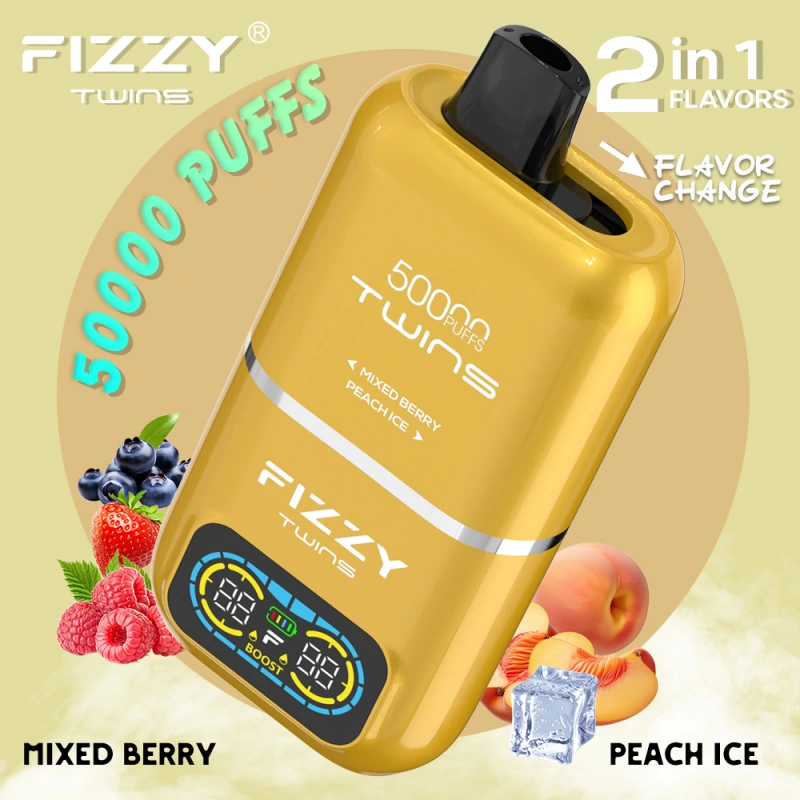Suggestions for the frequency of e-cigarette use

Optimal Usage Frequency Guidelines for E-Cigarette Users
Understanding the Role of Nicotine Absorption and Tolerance
The frequency of e-cigarette use often correlates with nicotine absorption rates, which vary based on device type and e-liquid composition. Freebase nicotine, commonly found in standard e-liquids, absorbs through the lungs at a slower rate than nicotine salts, which deliver a quicker, more cigarette-like hit. Users transitioning from traditional cigarettes may initially require more frequent sessions (10–15 puffs every 1–2 hours) to manage cravings, while long-term vapers often stabilize at 5–8 sessions daily with fewer puffs per session.
Tolerance development also influences usage patterns. Regular exposure to high nicotine concentrations (e.g., 18–24mg/mL in freebase or 50mg/mL in salts) can lead to diminished sensitivity over time, prompting users to increase frequency or switch to stronger formulations. However, this cycle raises dependency risks. Studies suggest capping daily nicotine intake at 20–30mg (equivalent to 1–1.5 packs of cigarettes) to prevent escalation, aligning with moderate usage of 6–10 sessions spaced 30–60 minutes apart.
Tailoring Frequency to Vaping Style and Device Type
Mouth-to-Lung (MTL) Vaping
MTL users, who prioritize throat hit and nicotine delivery over vapor volume, typically adopt shorter, more frequent sessions. A 2023 survey found that 65% of MTL vapers take 8–12 puffs every 20–30 minutes during active periods, mimicking smoking intervals. This approach suits high-nicotine e-liquids (12–20mg/mL) and compact pod systems, which heat coils slowly to avoid overheating.
Direct-to-Lung (DTL) Vaping
DTL enthusiasts favor longer, less frequent sessions to maximize cloud production and flavor. Research indicates that 70% of DTL users take 3–5 deep inhales every 5–10 minutes, using low-nicotine e-liquids (3–6mg/mL) to prevent nausea from excessive intake. Sub-ohm tanks and rebuildable atomizers (RDAs) support this style by delivering rapid, intense vapor bursts, reducing the need for constant use.
Hybrid and Temperature Control (TC) Modes
Advanced devices with hybrid wattage/TC modes allow users to alternate between power settings based on activity. For example, a vaper might use 40W for quick MTL hits during work breaks and switch to 70W for DTL sessions at home. TC mode further optimizes frequency by maintaining consistent coil temperatures, enabling 15–20% longer sessions without flavor degradation.
Balancing Frequency with Health and Social Considerations
Managing Nicotine Dependency
Gradual reduction strategies help users lower frequency without withdrawal symptoms. Start by extending intervals between sessions by 10–15 minutes weekly, then decrease puffs per session. For instance, transition from 10 puffs every 30 minutes to 8 puffs every 45 minutes over four weeks. Combining this with low-nicotine e-liquids (e.g., stepping down from 12mg to 6mg) enhances effectiveness.
Avoiding Overuse Symptoms
Frequent vaping (20+ sessions daily) may cause dehydration, mouth irritation, or coughing. Symptoms like dry throat or dizziness signal the need to reduce frequency or switch to higher-PG e-liquids, which retain moisture better than high-VG blends. Staying hydrated and taking 5–10-minute breaks between sessions mitigates these issues.
Social and Environmental Adaptation
Public vaping regulations often restrict usage to designated areas, forcing users to adjust frequency. Pre-planning sessions around social events or work schedules prevents abrupt cravings. For example, a vaper attending a 3-hour meeting might take 2–3 sessions beforehand and 1 afterward, rather than interrupting the event.
Age and Lifestyle-Specific Recommendations
Young Adults (18–25)
This demographic, prone to peer influence and experimental behavior, should prioritize controlled usage. Limiting sessions to 4–6 daily during non-social hours (e.g., mornings and evenings) reduces dependency risks. Using devices with puff counters or app integration helps track consumption and enforce limits.
Professionals with Sedentary Jobs
Office workers often vape to combat stress or boredom, leading to unintentional overuse. Setting device alarms to trigger 1-hour cooldown periods after 3 sessions encourages mindful usage. Pairing vaping breaks with physical activity, like a 5-minute walk, also disrupts habitual patterns.
Older Adults (50+)
Slower metabolism in this group affects nicotine clearance, necessitating lower frequencies. A 2022 study recommended 3–5 sessions daily for users over 50, spaced 2–3 hours apart, to minimize cardiovascular strain. Opting for lower-power devices (10–15W) further reduces nicotine delivery speed.
By aligning frequency with physiological needs, device capabilities, and lifestyle constraints, users can maintain a sustainable vaping routine without compromising well-being. Regular self-assessment and adjustment based on tolerance changes ensure long-term balance.









